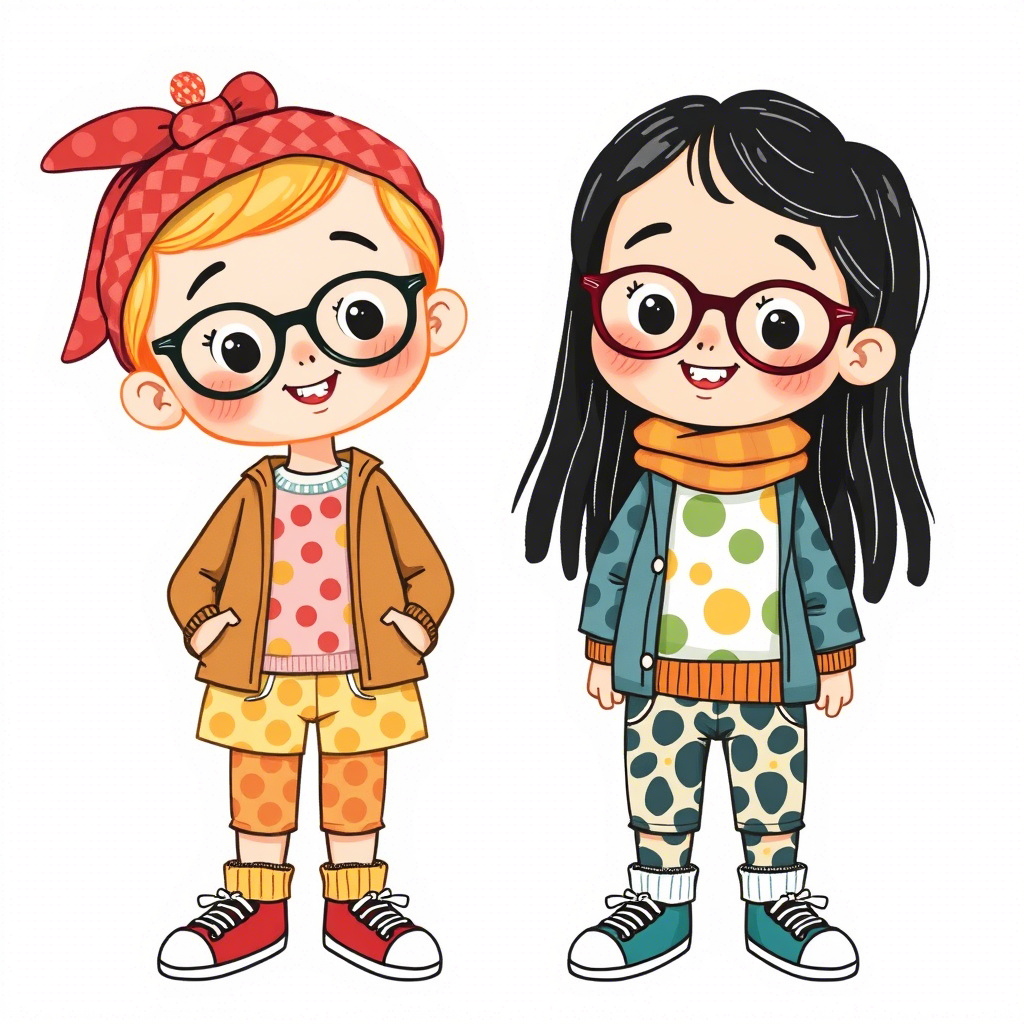How To Mix And Match Kids Clothes Like A Pro
Mixing and matching kids’ clothes is an art that can elevate their wardrobe, promote sustainability, and save parents time and money. The ability to create multiple outfits from a few essential pieces is a valuable skill that can benefit both children and parents. By learning how to mix and match kids’ clothes effectively, parents can reduce decision fatigue, encourage creativity, and help their children develop their personal style. In this article, we will explore the ins and outs of mixing and matching kids’ clothes like a pro.
Understanding the Basics of Mixing and Matching
To start mixing and matching kids’ clothes like a pro, it’s essential to understand the basics. This involves creating a solid foundation of essential pieces that can be combined in various ways.
- Start with Neutral Colors: Neutral colors like white, black, gray, and beige are versatile and can be paired with almost any other color.
- Invest in Quality Over Quantity: Investing in a few high-quality, timeless pieces can make a significant difference in creating a mix-and-match wardrobe.
- Consider the 3 Cs: Color, Comfort, and Coordination. Ensuring that the clothes are comfortable, coordinating well, and matching in color is crucial.

Building a Versatile Wardrobe
A versatile wardrobe is the backbone of mixing and matching kids’ clothes. To build such a wardrobe, parents should focus on acquiring pieces that can be worn frequently and in different combinations.
- Essential Tops and Bottoms: Having a variety of tops and bottoms in neutral and complementary colors can make creating outfits easier.
- Layering Pieces: Incorporating layering pieces like jackets, sweaters, and cardigans can add depth to outfits and make them more interesting. For example, you can check out boys’ coats for some stylish and versatile layering options.
- Dresses and Jumpsuits: Including dresses and jumpsuits in the wardrobe can provide a quick and easy outfit solution.
Playing with Patterns and Textures
Mixing patterns and textures can add a creative twist to kids’ outfits. However, it requires some understanding of how different patterns and textures work together.
- Start with Simple Patterns: Begin with simple patterns like stripes or polka dots and gradually move to more complex ones.
- Mixing Textures: Combining different textures like smooth, rough, soft, and hard can add depth to an outfit.
- Balancing Patterns and Solids: Balancing patterned pieces with solid-colored ones can prevent the outfit from looking too busy.

Creating Themed Outfits
Creating themed outfits can be a fun way to mix and match kids’ clothes. Themes can be based on colors, occasions, or personal preferences.
- Color-Themed Outfits: Creating outfits around a specific color or color palette can be visually appealing.
- Occasion-Based Outfits: Dressing kids according to the occasion, such as formal events or casual playdates, can help in creating appropriate outfits.
- Personalizing Outfits: Allowing children to have a say in their outfits can help them develop their personal style.
Accessorizing
Accessories can make or break an outfit. When it comes to kids, accessories should be comfortable and safe.
- Hats and Scarves: Adding hats and scarves can not only add a stylish touch but also provide warmth.
- Jewelry and Bags: Incorporating simple, kid-friendly jewelry and bags can complete an outfit. You can find a variety of accessories on Lezon Kids, which can complement your child’s wardrobe.
- Shoes: Choosing the right shoes can tie the whole outfit together.

Maintaining the Mix-and-Match Wardrobe
To keep the mix-and-match wardrobe effective, regular maintenance is necessary.
- Regularly Purge Outgrown Clothes: Regularly going through the wardrobe to remove outgrown or worn-out clothes can help maintain its quality.
- Seasonal Refresh: Refreshing the wardrobe seasonally can bring in new pieces and ideas.
- Involving Kids in the Process: Encouraging kids to participate in the process of mixing and matching can make it a fun, bonding experience.
Conclusion
Mixing and matching kids’ clothes is a skill that can be mastered with practice and patience. By understanding the basics, building a versatile wardrobe, playing with patterns and textures, creating themed outfits, accessorizing, and maintaining the wardrobe, parents can create a variety of stylish and comfortable outfits for their children. The key is to be creative, have fun, and involve kids in the process. By doing so, parents can not only simplify their morning routines but also help their children develop their personal style and confidence.

Comments